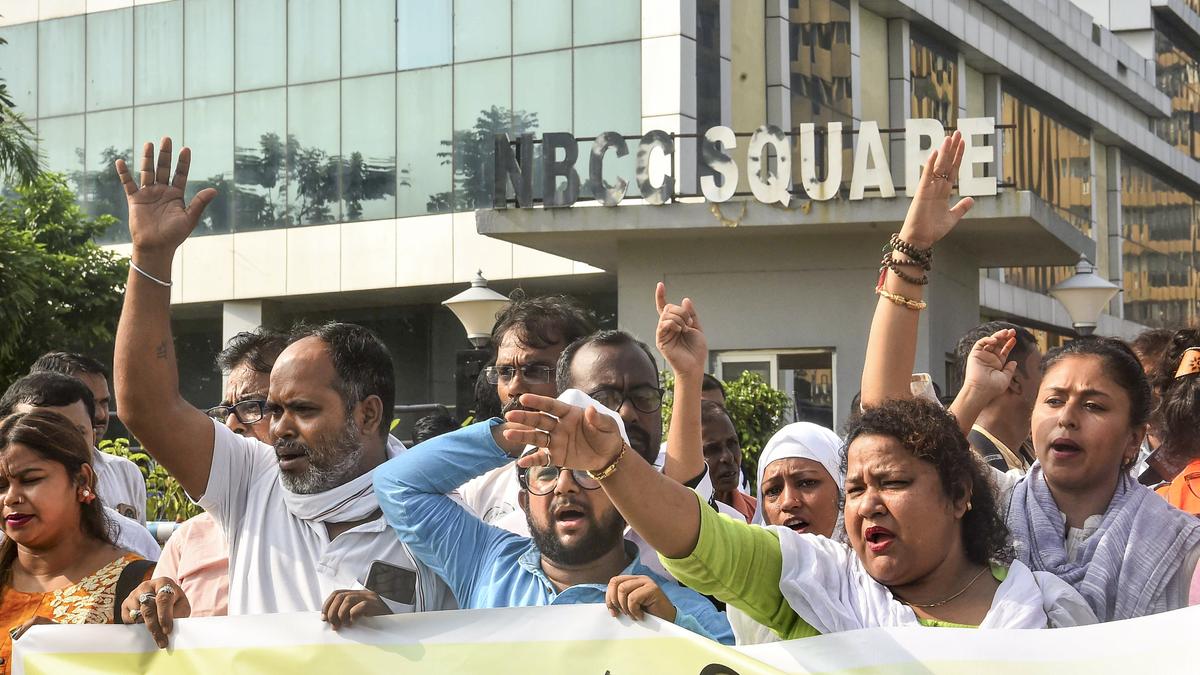Now Reading: Hyderabad Sees Surge in Viral Infections as Monsoon Sets In
-
01
Hyderabad Sees Surge in Viral Infections as Monsoon Sets In
Hyderabad Sees Surge in Viral Infections as Monsoon Sets In
Quick Summary
- Monsoon Health Impact: Preliminary health data from the first 10 days of August shows a surge in viral infections, particularly Influenza-like Illness (ILI), in Hyderabad’s urban and peri-urban areas.
- Healthcare Data: out of 12,575 patient visits to 12 primary Health Centres (PHCs) managed by Helping Hand Foundation (HHF), roughly half (6,323) were infectious disease cases:
– 70% were viral infections.
– Remaining included bacterial (19%), fungal (7%), parasitic (1%), and other infections (2%).
- symptoms Reported: Patients reported high-grade fever (>102°F),severe body pain,headaches,nausea,gastrointestinal discomforts,fever with chills,skin rashes. Body pain and headache accounted for 36% of all primary complaints.
- Low Dengue Positivity Rate: Despite over 3,000 dengue test samples processed at diagnostic centres during the period, most results returned negative findings.
- Patient Behavior: High intensity of symptoms has driven patients to seek hospital admissions even when conditions are self-limiting within seven days.
- Healthcare Response:
– HHF conducts routine fever surveillance during monsoons to track disease patterns.
– Focus on preventive actions based on monitored trends.
Indian Opinion Analysis
Seasonal surges in viral infections like Influenza-like Illness during monsoons highlight vulnerabilities specific to urban slum clusters where access to healthcare resources may be uneven. The data from Helping hand Foundation provides valuable insights into disease patterns but also underscores the strain mild-to-moderate illnesses place on healthcare systems due to heightened public anxiety or misinformation about treatment efficacy.
With low rates of dengue positivity observed despite alarming symptoms mimicking more serious conditions like high-grade fevers and body aches, improved community outreach could address misconceptions leading patients to seek interventions prematurely.Proactive measures such as continued surveillance efforts outlined by HHF are crucial for early warnings against major outbreaks or escalating healthcare demands. Tailored preventive campaigns focusing on hygiene practices might mitigate future seasonal spikes while reducing pressure on clinics during peak seasons.
Read More: Published August 10, 2025 India time


